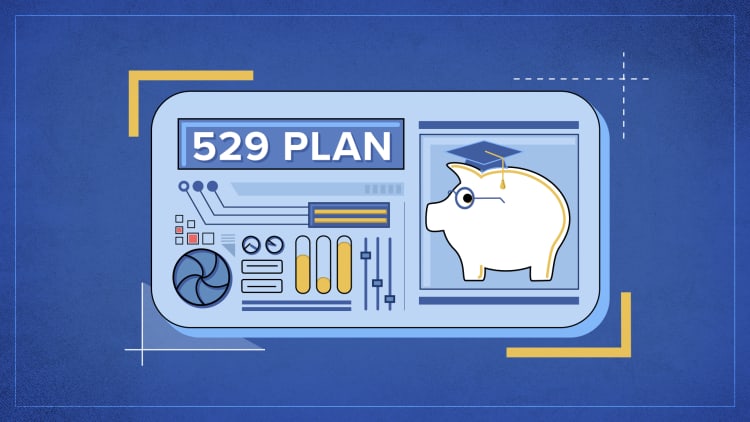
If you got a refund from college for room and board or other expenses, consider yourself lucky. But beware of the potential tax bite.
As colleges and universities across the U.S. remain closed in an effort to slow the spread of Covid-19, refunds for meals or housing have varied from school to school.
Still, when it comes to what you should do with a reimbursement check, there is little discrepancy.
If that money was originally paid out from your 529 college savings plan, you should re-contribute those funds to the same qualified tuition program, according to the College Savings Foundation.
More from Smart Tax Planning:
States need revenue. These taxes could rise
How are unemployment benefits taxed?
The PPP ran out, and these businessowners were shut out
That way, it will remain tax- and penalty-free.
If you don't put the money back in your 529, it could be considered a non-qualified distribution, which comes with a 10% tax penalty in addition to income taxes on the account's earnings.
That could add up, considering the average annual cost of room and board at public colleges is $11,500 and nearly $13,000 at private schools, according to the College Board.
"This might cause some confusion if people aren't familiar with the process," said Lawrence Sprung, president of Mitlin Financial in Hauppauge, New York.
And in the case of college refunds, that could be everyone, he added. "I've never heard of anybody that's gotten a check back before, this is a first."

These 529 plans have become increasingly popular as a college savings tool, particularly because of their tax advantages. Total investments in 529s jumped nearly 20%, to a record $371.5 billion last year, according to the College Savings Plans Network.
If the money deposited back in 529 leaves a balance beyond what is needed to pay for school, any funds left over can be used for education expenses down the road, whether that is next semester or for post-undergraduate studies at a later date, Sprung said.
Money still left in a 529 plan can also be transferred to a sibling or even saved for a grandchild.
In any of these scenarios, "I would highly recommend keeping statements and a paper trail to effectively show the money that was returned to you and how it was handled," Sprung said.






